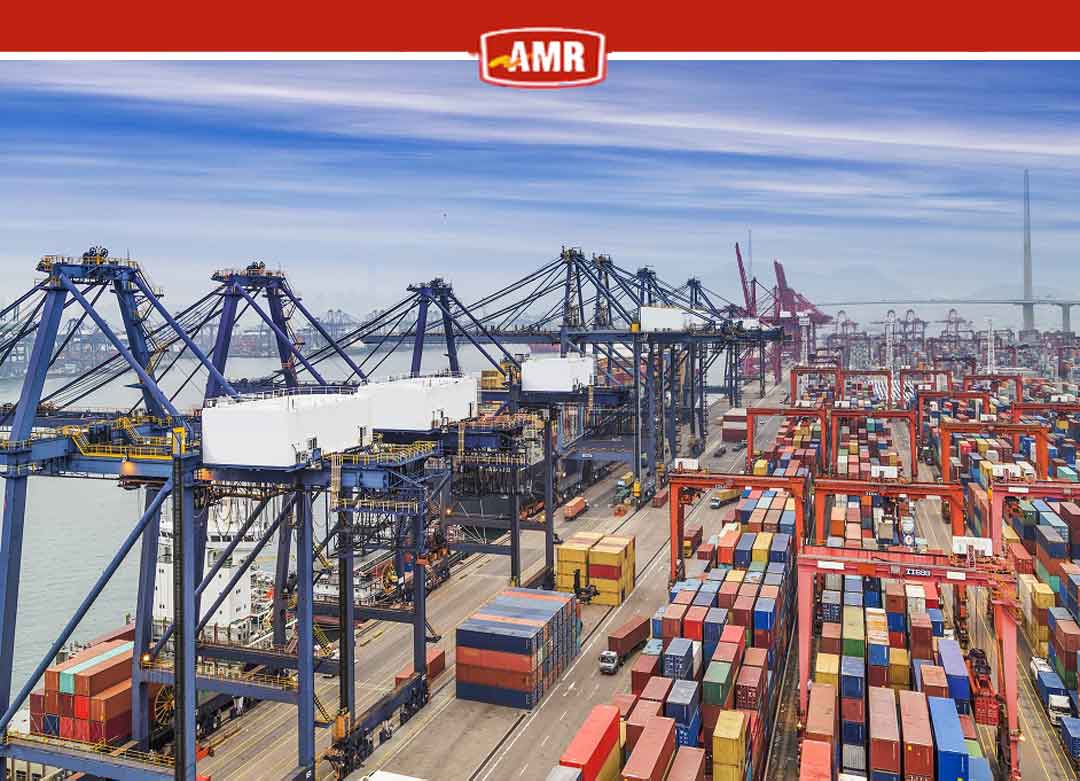
You may be aware of the current shipping situation from the Far East to overseas, which has been very challenging since May. The stress levels are reminiscent of the COVID-19 period.
SPOT freight rates from China have doubled compared to the end of April, primarily affecting shipments to Europe and the Americas. Intra-Asian lanes remain stable, but we've been experiencing significant port congestion and delays since the beginning of the year.
Our sources indicate that the current shipping market boom is due to several factors:
Red Sea Issue
About 90% of carriers' container ships are now bypassing the Suez Canal, adding approximately two weeks to the sailing time between Asian and European ports. Since early 2023, many vessels have been withdrawn from the market, limiting capacity, and increasing transit times, which has driven up freight rates.
Strong Export Demand from China
According to the National Bureau of Statistics, China’s GDP grew by 5.3% in Q1, with exports increasing by 4.9% compared to 2023. Carriers have implemented several General Rate Increases (GRIs) since March to meet the strong market demand. High demand, especially on the China-South America route, has led carriers to redirect vessels from other lanes, exacerbating capacity shortages on European and North American lanes.
New US Customs Duties on Chinese Products
The US government has announced higher customs duties on many Chinese products, including EVs, solar panels, and batteries, following their 301 investigations. Chinese suppliers are rushing to complete and ship orders before the new duties take effect.
We anticipate this situation will persist throughout the peak season, with no clear end in sight. We suggest preparing for the following operational challenges:
Possible storage at origin if bookings cannot be secured in time.
Shortage of empty equipment at ports, particularly in North China (e.g., Xingang, Dalian), with some carriers only allowing Equipment Interchange Receipts (EIRs) five days before the estimated time of departure (ETD).
Port congestion and significant delays.
Drawing from our experience during the COVID-19 shipping crisis, we recommend the following to help mitigate the challenge :
Accept Reasonable Freight Quotes
Coach, communicate and remind your customers about the current shipping situation from China (probably whole Asia) and prepare them for high freight rates.
AMR will compare available offers and work with carriers and forwarders in China.
Once an offer is received, we recommend approving the cost promptly to secure space.
Be Flexible with Ports of Entry (POEs)
Household goods often require specific POEs for smooth customs clearance and lower haulage fees. However, given the current situation, flexibility with POEs will help secure bookings and timely container loading. For example:
Germany: considering Wilhelmshaven or Hamburg instead of Bremerhaven, where only Maersk and MSC call directly, with limited space and higher rates.
England: Consider Felixstowe and Southampton as alternatives to London Gateway.
Poland: Accept Gdansk instead of Gdynia, as major carriers call Gdansk directly.
Mexico: Send containers to Manzanillo on the Pacific side rather than Veracruz, due to limited carrier service from China.
The AMR team worked diligently during the COVID-19 crisis, successfully dispatching goods on time.
With your support and collaboration, we can navigate these challenging times again.




